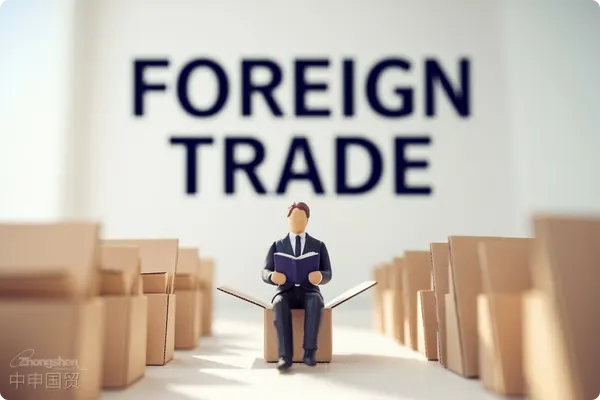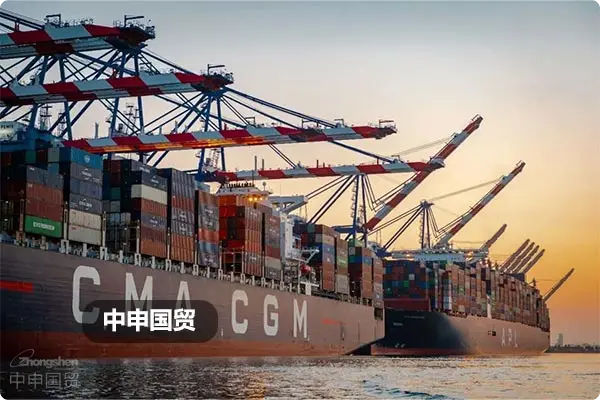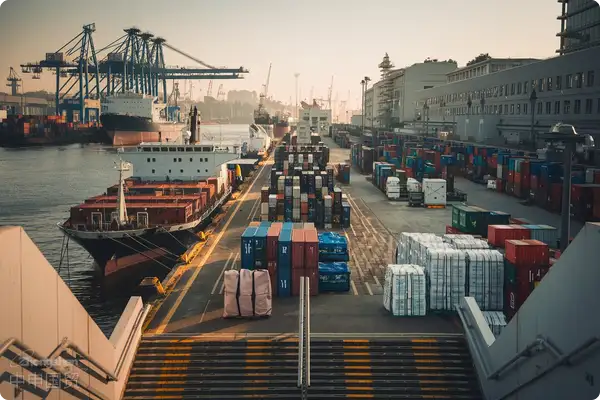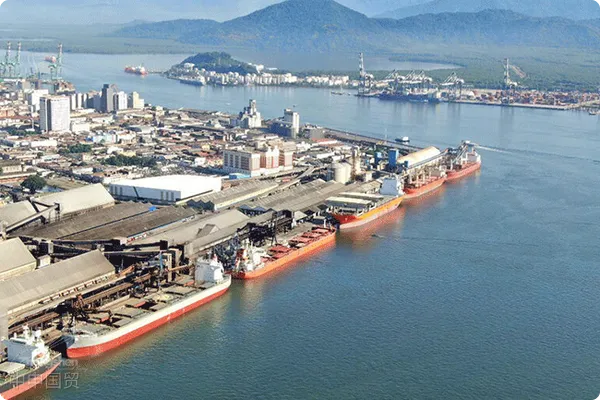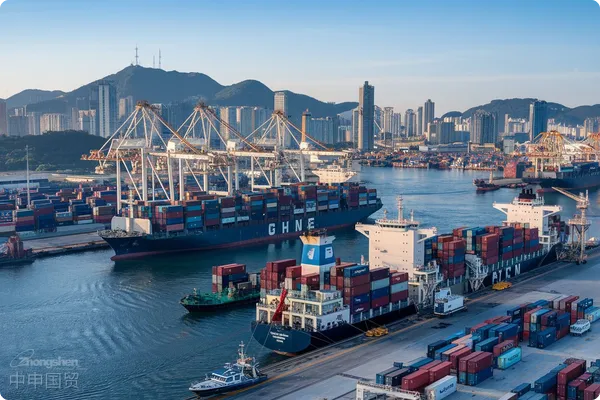- Shanghai Zhongshen International Trade Co., Ltd. - Two decades of trade agency expertise.
- Service Hotline: 139 1787 2118
While incorrect container counts on bills of lading can be troubling, proper response measures can resolve the issue. Whether through customer communication or methods like amending bills of lading and modifying documents, you can effectively avoid troubles during customs clearance and delivery. This article provides detailed solutions for handling bill of lading container count errors, helping you easily manage unexpected situations in international trade.
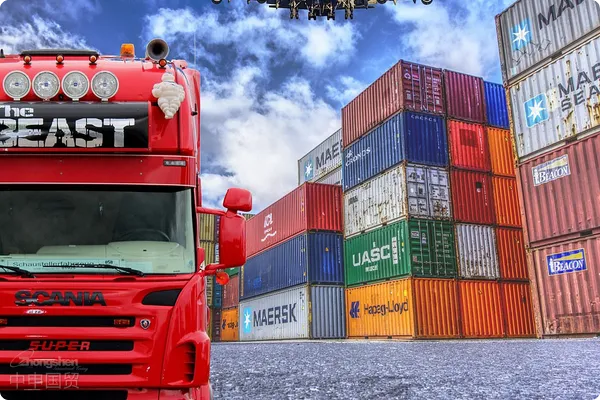
If the container count on the bill of lading is wrong, and the vessel has already sailed with the original bill of lading issued, it can indeed cause difficulties, but isnt entirely unresolvable. Below are detailed suggestions for handling such situations:
Communicate with the customer
Maintaining good communication with the customer is paramount. Promptly inform them about the bill of lading container count error, explain the situation, and share the corrective measures taken. Ensure the customer understands and obtains their cooperation.
Amend the bill of lading
Although the freight forwarder may say data cannot be changed, typically even after the original bill of lading is issued, amendments can still be made by paying a fee. We recommend reconfirming with the freight forwarder about amendment possibilities, including specific costs and procedures. Generally, carriers charge an amendment fee (approximately 450 RMB), allowing you to weigh costs and risks before deciding.
Modify other documents
If amending the bill of lading is truly impossible, consider modifying other relevant documents to align with the bill of ladings quantity. This includes:
(a) Commercial invoice:Adjust the invoice quantity to match the bill of lading.
(b) Packing list:Modify the packing list quantity to align with the bill of lading.
Customs Declaration and Inspection
Your customs declaration documents matching the bill of lading quantity reduces potential issues during domestic customs inspection. For the customers customs inspection, minor quantity discrepancies with reasonable explanations may not cause major problems, though this depends on local customs practices.
Potential risks
(a) Customer-side customs inspection:If customs at the destination discover more containers than listed on the bill of lading, it may raise smuggling suspicions. Thus, the customer must be capable of handling such scenarios.
(b) Customs clearance issues:Even if all documents match, fewer actual containers may require explanations during pickup. Strict customs may impose additional fees or other complications.
Seek assistance from freight forwarders and carriers
Sometimes freight forwarders and shipping companies may have some flexibility, especially in cases of non-malicious errors. It is recommended to actively communicate with the freight forwarder and shipping company again to try to find a mutually acceptable solution.
Overall, it is important to communicate with the customer as soon as possible and decide whether to amend the bill or modify other documents based on the specific situation. An error in the number of boxes on the bill of lading is not a disaster; the key is to take the right corrective measures. By communicating with the customer promptly and making reasonable document modifications, you can ensure smooth customs clearance and delivery of the goods, avoiding unnecessary losses. We hope these suggestions provide practical assistance for your international trade, helping you confidently navigate various challenges in the complex trade environment. If you have further questions or need additional consultation, feel free to contact us anytime.ZhongShen International TradeWe will serve you wholeheartedly.
Related Recommendations
Contact Form
? 2025. All Rights Reserved. 滬ICP備2023007705號-2  PSB Record: Shanghai No.31011502009912
PSB Record: Shanghai No.31011502009912
